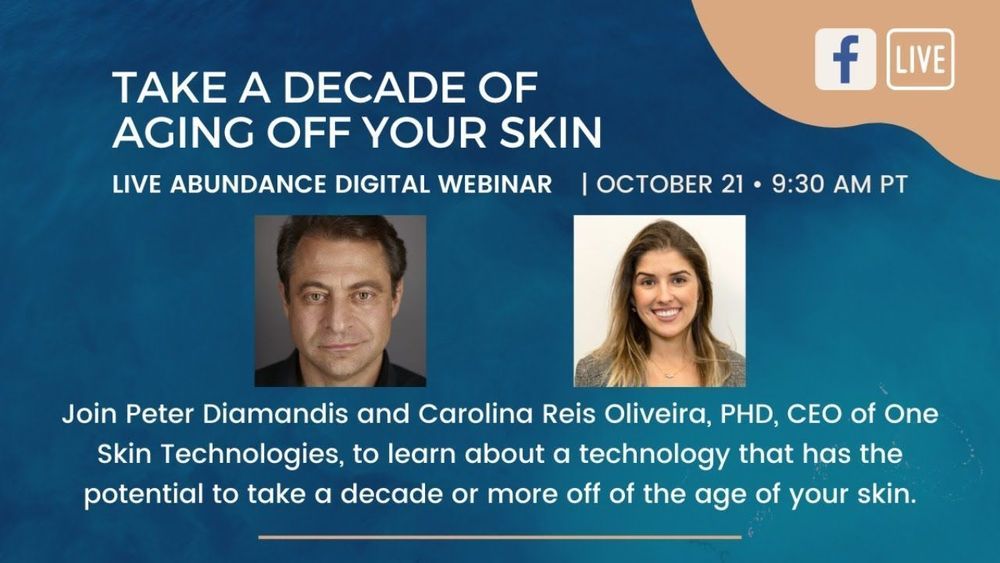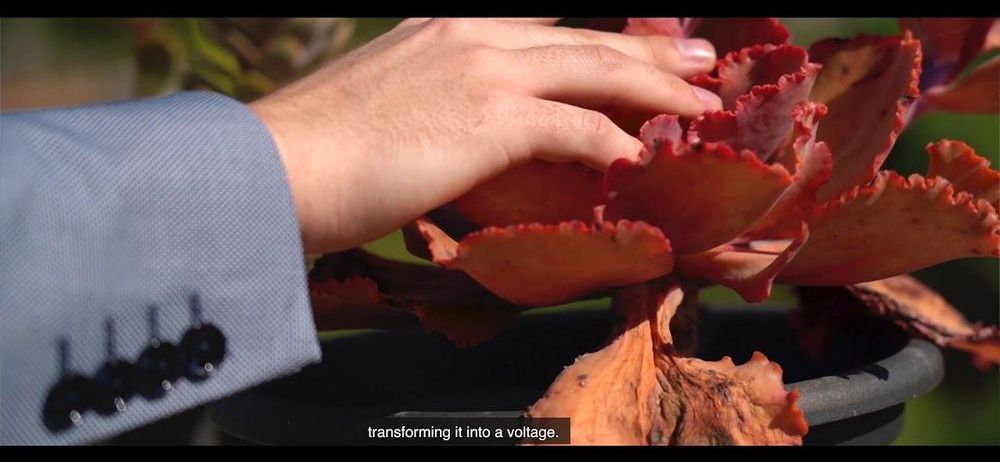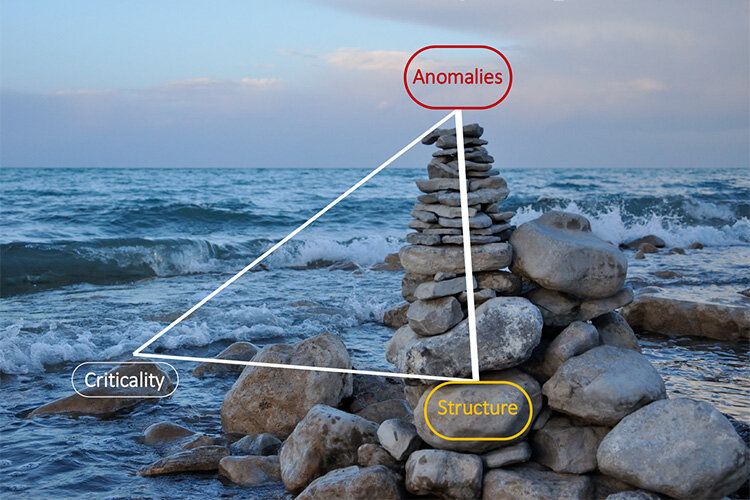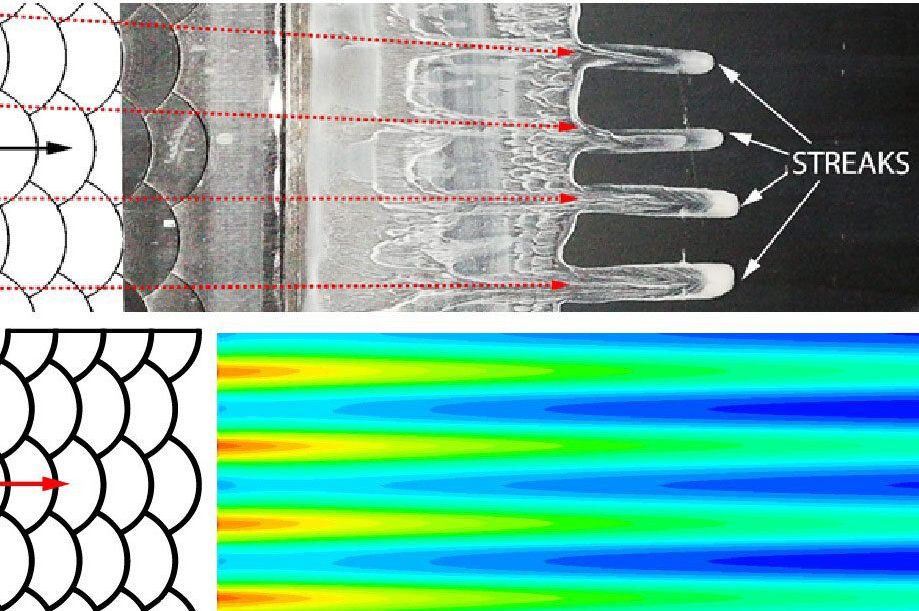Archive for the ‘biological’ category: Page 141
Oct 25, 2020
Microbes of the Universe — Could our Solar System be rife with Pathogens?
Posted by Tom Kerwick in categories: alien life, biological, environmental, ethics, existential risks, habitats, health, space travel
In a recent study of the upper atmosphere of Venus, finding the chemical fingerprint of phosphine has led to speculation that it may be tied to airborne life high in the clouds of our sister planet [1]. We harbour similar suspicion of microbial life on Mars [2], Saturn’s moon Enceledus [3], and Europa, the icy Galilean of the Jovian system [4]. The dwarf planet Ceres of the asteroid belt could be added to that list also, with recent evidence of oceanic water [5], while more exotic variations of life may exist on Titan, which is known to be teeming with organic materials [6]. Should we be more wary of our Solar System as an environment to explore, and the potential of pathogens we may encounter?

If one rewinds 500 years, to when exploration of new worlds involved sailing the oceans, the discovery of the Americas introduced viruses which decimated the native population at that time [7]. That in itself was far from a unique event in history, of course. There have been many occurrences throughout history where travel between distant lands has resulted in the introduction of devastating plagues to one population or the other — not least the Black Death, which arrived in Europe from commercial travel with Asia in the 1300s [8]. Meanwhile, 2020 has reminded us how a novel virus can prove virtually unstoppable from spreading worldwide in a matter of months and reaching pandemic level, once introduced to our now interconnected world [9].
Indeed when the first astronauts returned from the Moon in the 60s, they had to undergo weeks of quarantine as a precaution against introducing a lunar pathogen to Earth [10]. We now know the Moon to be a sterile world, but this should not give us a false sense of security when visiting and returning from other worlds, which are far more likely to harbour microbial life. It is quite plausible to consider that any microbes which have evolved to survive in the harsh environments on other worlds could multiply out of control if introduced to a more fertile environment on Earth. The likelihood of any such foreign microbes being capable of becoming infectious pathogens to our species is difficult to measure, but one could still cause problems regardless, by undermining Earth’s ecosystem in competing with native microbial life as a runaway invasive species.
Fortunately, due to the vast distances involved in inter-planetary travel, returning astronauts would likely show symptoms of infection from any dangerous pathogen long before reaching home, as such a journey would be expected to take many months, even with more advanced propulsion technology than we use in space travel today. That is not to say they could not inadvertently return with microbial life on board — or even on the exterior of craft: Earth’s tardigrades, for example, have proven quite durable in journeys into outer space [11].
Continue reading “Microbes of the Universe — Could our Solar System be rife with Pathogens?” »
Tags: Microbes, Pathogens, space exploration
Oct 25, 2020
Extreme events in quantum cascade lasers
Posted by Malak Trabelsi Loeb in categories: biological, climatology, computing, neuroscience, quantum physics
Extreme events occur in many observable contexts. Nature is a prolific source: rogue water waves surging high above the swell, monsoon rains, wildfire, etc. From climate science to optics, physicists have classified the characteristics of extreme events, extending the notion to their respective domains of expertise. For instance, extreme events can take place in telecommunication data streams. In fiber-optic communications where a vast number of spatio-temporal fluctuations can occur in transoceanic systems, a sudden surge is an extreme event that must be suppressed, as it can potentially alter components associated with the physical layer or disrupt the transmission of private messages.
Recently, extreme events have been observed in quantum cascade lasers, as reported by researchers from Télécom Paris (France) in collaboration with UC Los Angeles (USA) and TU Darmstad (Germany). The giant pulses that characterize these extreme events can contribute the sudden, sharp bursts necessary for communication in neuromorphic systems inspired by the brain’s powerful computational abilities. Based on a quantum cascade laser (QCL) emitting mid-infrared light, the researchers developed a basic optical neuron system operating 10,000× faster than biological neurons. Their report is published in Advanced Photonics.
Oct 22, 2020
How Synthetic Biology Can Help the Environment
Posted by Genevieve Klien in categories: bioengineering, biological, climatology, sustainability
Artificial and modified organisms could become essential tools to fight climate change, clean up pollution, protect biodiversity, and more.
Oct 21, 2020
Reversing Skin Biological Age With Cutting-edge Longevity Science 🧬
Posted by John Davies in categories: biological, life extension, science

OneSkin Technologies is a longevity company started by a team of incredible female PHDs and entrepreneurs, who have been using cutting edge technology to identify the senescent cells that cause your skin to age.
⠀⠀⠀
Discover how they use key peptide molecules to eliminate those senescent cells, making you look and feel 10 years younger.
Subscribe for Peter’s latest tech insights & updates: https://www.diamandis.com/subscribe
Oct 18, 2020
Elon Musk’s Neuralink May Offer us Symbiosis With AI — Part 2
Posted by Malak Trabelsi Loeb in categories: biological, Elon Musk, existential risks, neuroscience, robotics/AI

Elon Musk has warned many times about the dangers of AI. He sees strong artificial intelligence as an existential risk. Musk therefore wants to develop a brain machine interface or BMI device so we can merge with AI and hopefully develop a symbiotic relationship with artificial intelligence thus solve the AI control problem. Elon Musk has founded the neurotechnology company Neuralink. the company is focused on developing implantable brain machine interfaces. Neuralink has made recent headlines for its newest BMI device presented by Elon Musk.
In the short term, Neuralink’s BMI may be used to fix neurological problems and disorders. As Elon Musk has pointed out, over time, virtually everyone who gets old will suffer at least one if not multiple common neurological issues such as: Memory loss, hearing loss, seizures, strokes, brain damage etc.
Continue reading “Elon Musk’s Neuralink May Offer us Symbiosis With AI — Part 2” »
Oct 16, 2020
Holo-UNet: hologram-to-hologram neural network restoration for high fidelity low light quantitative phase imaging of live cells
Posted by Saúl Morales Rodriguéz in categories: biological, holograms, robotics/AI
Intensity shot noise in digital holograms distorts the quality of the phase images after phase retrieval, limiting the usefulness of quantitative phase microscopy (QPM) systems in long term live cell imaging. In this paper, we devise a hologram-to-hologram neural network, Holo-UNet, that restores high quality digital holograms under high shot noise conditions (sub-mW/cm2 intensities) at high acquisition rates (sub-milliseconds). In comparison to current phase recovery methods, Holo-UNet denoises the recorded hologram, and so prevents shot noise from propagating through the phase retrieval step that in turn adversely affects phase and intensity images. Holo-UNet was tested on 2 independent QPM systems without any adjustment to the hardware setting. In both cases, Holo-UNet outperformed existing phase recovery and block-matching techniques by ∼ 1.8 folds in phase fidelity as measured by SSIM. Holo-UNet is immediately applicable to a wide range of other high-speed interferometric phase imaging techniques. The network paves the way towards the expansion of high-speed low light QPM biological imaging with minimal dependence on hardware constraints.
Researchers at the Institute of Industrial Science at the University of Tokyo sifted through experimental data to probe the possibility that supercooled water has a liquid-to-liquid phase transition between disordered and tetrahedrally structured forms. They found evidence of a critical point based on the cooperative formation of tetrahedra, and show its minor role in water’s anomalies. This work shows that water’s special qualities—which are essential for life—originate predominantly from the two-state feature.
Liquid water is indispensable for life as we know it, yet many of its properties do not conform with the way other fluids behave. Some of these anomalies, such as water’s maximum density at 4°C and its large heat capacity, have important implications for living organisms. The origin of these features has sparked fierce debates in the scientific community since the time of Röntgen.
Now, researchers at The University of Tokyo have utilized a two-state model that posits the dynamical coexistence of two types of molecular structures in liquid water. These are the familiar disordered normal-liquid structure and a locally favored tetrahedral structure. As with many other phase transitions, there may be a “critical point” at which the correlation between tetrahedra takes on a power-law form, which means there will no longer be any “typical” length scale.
Oct 8, 2020
Amazon unveils its new electric delivery vans built by Rivian
Posted by Quinn Sena in categories: biological, transportation

Amazon unveiled the electric delivery van that is being built by Michigan-based EV startup Rivian. The delivery giant aims to have 10,000 vehicles on the road by 2022 and 100,000 by 2030.
Oct 8, 2020
Aerodynamicists reveal link between fish scales and aircraft drag
Posted by Saúl Morales Rodriguéz in categories: biological, engineering, sustainability, transportation
The team’s findings have been published in Nature: Scientific Reports: “Transition delay using biomimetic fish scale arrays,” and in the Journal of Experimental Biology: “Streak formation in flow over biomimetic fish scale arrays.”
Reducing drag means faster aircraft speeds and less fuel consumption—an important area of study for aerodynamicists such as Professor Bruecker, City’s Royal Academy of Engineering Research Chair in Nature-Inspired Sensing and Flow Control for Sustainable Transport, and City’s Sir Richard Oliver BAE Systems Chair for Aeronautical Engineering.
Through their biomimetic study, Professor Bruecker’s team has discovered that the fish-scale array produces a zig-zag motion of fluid in overlapping regions of the surface of the fish, which in turn causes periodic velocity modulation and a streaky flow that can eliminate Tollmien-Schlichting wave induced transition to reduce skin friction drag by more than 25 percent.













